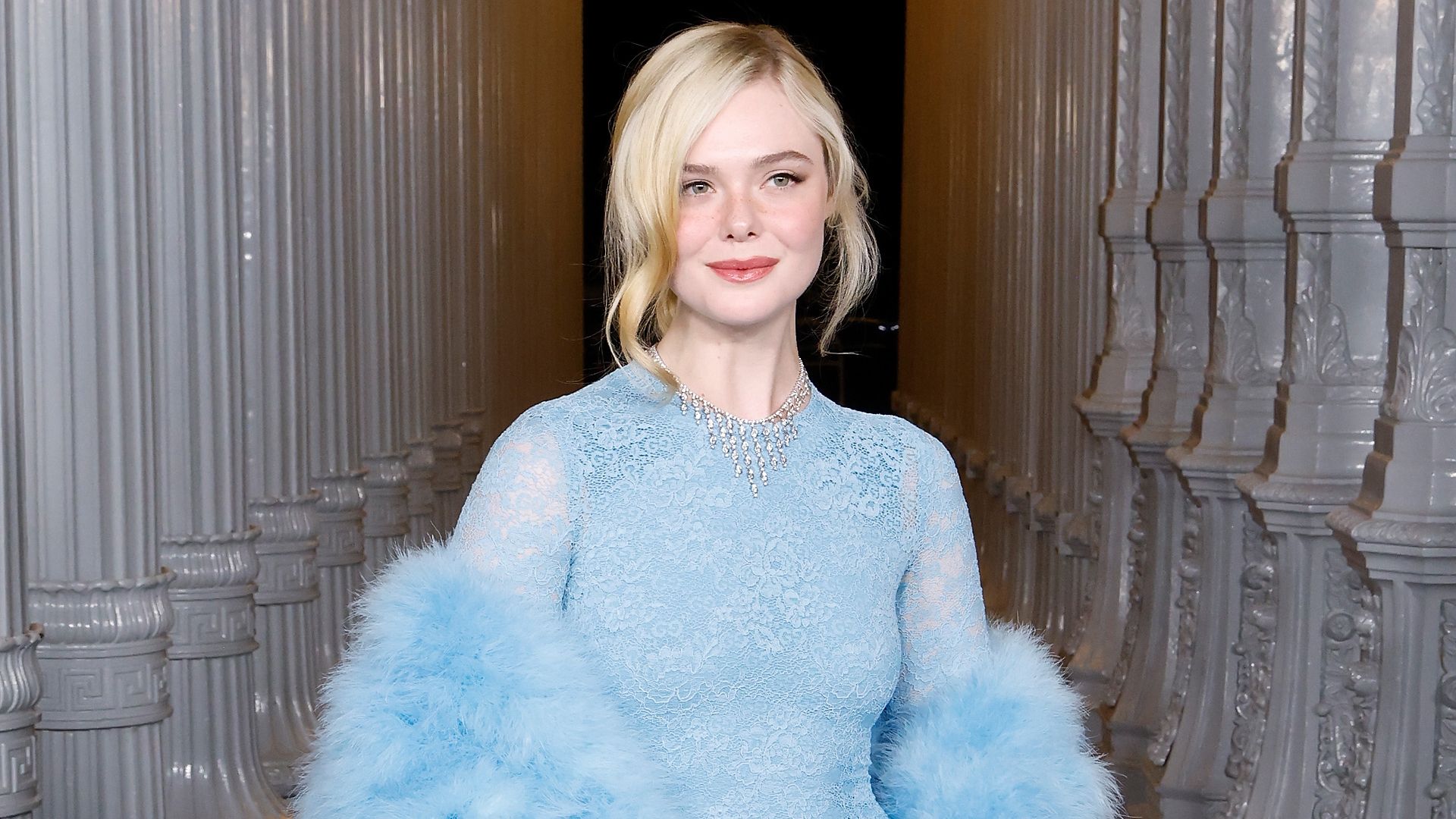




Why Elle Fanning’s Lob Is This Winter’s Must-Try Hairstyle

Elle Fanning’s lob — a shoulder-skimming long bob with a playful outward flip at the ends — is garnering attention as a cosy but modern choice for winter. The cut balances low maintenance with a polished, fashionable finish, making it an accessible it‑girl look for a wide range of hair types. Here we break down what makes the style work, how to recreate the signature flip at home or in salon, and why it’s well suited to colder months.
What defines the lob and why it’s so adaptable
The lob sits between a bob and mid-length hair, typically grazing the shoulders or collarbone. Its popularity comes from its flattering proportions: long enough to knot or tuck behind the ears, short enough to feel fresh. Key features often include:
- Subtle graduation or a blunt, even line depending on desired edge.
- Soft face-framing layers to add movement without sacrificing weight.
- A softly flipped or rounded finish to give the cut personality—this is the signature touch many celebrities, including Fanning, are favouring.
This balance makes the lob ideal if you want to reduce styling time while keeping styling options open — from sleek and straight to tousled waves.
How to achieve the signature flipped finish
The flip is what transforms a basic lob into an it‑girl statement. It’s understated but intentional: ends tilted outward so they skim away from the face instead of curling under. Here’s a simple routine to recreate the look at home or to discuss with your stylist.
- Start with clean, towel-dried hair and apply a heat-protectant spray or cream to shield the shaft and ends.
- Rough-dry using your fingers to remove excess moisture, then section the hair into manageable panels.
- Use a round brush and blow-dryer: place the brush under the ends and pull through while directing heat down the hair shaft; gentle tension helps smooth the cuticle and create the outward bend.
- For a more defined flip, use a medium-barrel curling iron or straightener — wrap small sections so the tool curves the ends away from the face, holding briefly before releasing.
- Finish with a light texturising spray or a serum on the mid-lengths and ends to add separation and polish without weighing the flip down.
These steps emphasise the lob’s movement rather than heavy curl; the aim is a directional, effortless-looking flip that reads modern and relaxed.
Why the lob works for winter and different hair types
Winter often calls for styles that feel warm and wearable; a lob hits that brief. It tucks neatly into scarves and high-collared coats without bulk, and the flipped ends create that subtle frame around the face that brightens paler winter complexions.
How it suits different textures:
- Fine hair: A lob can create the illusion of thickness when cut bluntly at the ends. Ask for weight to be preserved rather than removed through over-thinning.
- Medium to thick hair: Soft layering will prevent heaviness while keeping the flip responsive. Thicker hair benefits from a long‑layered approach so the flip doesn’t sit too heavy.
- Wavy hair: Embrace natural texture and refine the flip with targeted blow-drying or a quick touch up with heat tools.
Maintenance is straightforward: regular trims every 8–12 weeks keep the shape crisp, and mid-length conditioning treatments will preserve shine through central heating and drier winter air.
Takeaway
The lob’s combination of ease, versatility and the playful flipped finish make it a strong contender for a seasonal staple. Whether you want a low-effort daily style or a polished red‑carpet moment, the lob adapts — and the flipped ends provide that distinctive it‑girl signature without being fussy. Speak with your hairdresser about how much bluntness or layering to include so the cut complements your face shape and hair density.
Explore More: Discover related reads from Hairporium — News • Guides • DIYs • Expert Articles.
Stay Updated: Read more UK hair industry news and innovations on Hairporium News.







